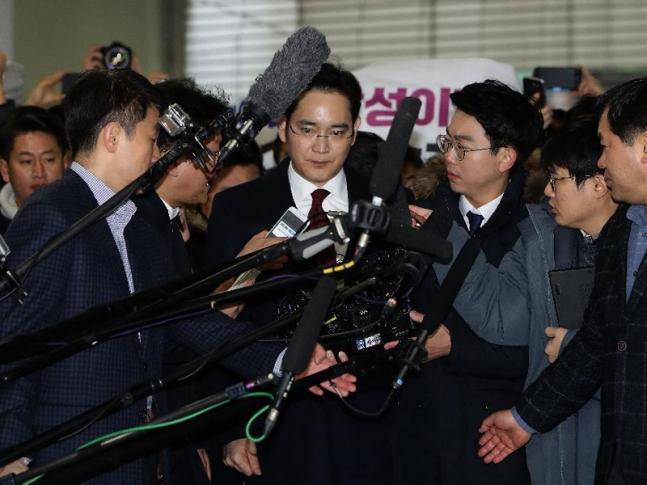Huawei, Xiaomi, Oppo and Vivo represent an uprising in the smartphone industry. Together, these Chinese OEMs (original equipment manufacturers) accounted for a record 48 percent of global device shipments in Q2 2017, according to Counterpoint Research. Emerging markets represent a gold mine for Chinese OEMs, as they continue to aggressively scale beyond their mainland.
Featured Articles
Asia’s powerhouses aim for 5G at upcoming Winter and Summer Olympics
The 5G race in Asia is underway, with the region’s powerhouses, Japan and South Korea, going head-to-head. Both countries have major international sports showcases coming up, giving local telcos the chance to flex their muscles. South Korean providers are working towards early deployment of 5G for the PyeongChang Winter Olympics in 2018; while Japanese providers have the opportunity to showcase full-fledged 5G at the 2020 Summer Olympics in Tokyo.
China to reclaim crown for world’s fastest trains
China has relaunched its fleet of high-speed bullet trains after capping speeds in 2011 following two tragic crashes that left 40 people dead. The top speed of the Fuxing or “rejuvenation” trains was capped at 300km/h after the accidents, but will now be increased to top speeds of up to 350km/h.
Can investment of $100m in AI get Singapore’s ‘Smart Nation’ vision back on track?
Singapore has announced that it will invest over $100m in Artificial Intelligence (A.I.) in an effort to get its Smart Nation vision back on track. Singapore’s Prime Minister Lee Hsien Loong publicly voiced his concerns over the project a number of months ago - and conceded that the Smart Nation initiative was moving much slower than initially expected. Prime Minister Loong claimed that the private sector really needed to do more in order to kick-start and propel the initiative forward.
Are you prepared to pay more for 5G?
5G won’t come cheap. In the United States alone, fiber infrastructure to prepare for the next-generation technology could cost up to $150 billion, according to Deloitte. But despite 5G’s hefty bill, a recent survey discovered that 75 percent of end-user organizations would be willing to pay more for 5G mobile capabilities.
ZTE’s Summer Chen confident the vendor will be first to deploy 5G technologies
Telecom Review secured an exclusive interview with ZTE Director of Wireless Innovation Solutions, Summer Chen, in order to find out where the company stood in relation to implementing 5G technologies and establish what projects it's currently working on to ensure the transition from 4G to 5G.
Uber appeals Philippines ban adding to list of controversies
Ride-sharing app service Uber has responded to a one-month ban in the Philippines by appealing to authorities on August 15. The company resumed services as it waited for a decision, Reuters reported. The suspension is one of many issues the Californian firm has faced recently, including controversy surrounding its former CEO Travis Kalanick.
India captures world’s attention as budget-friendly satellite launcher
Nations around the world have watched with envy as India has garnered a reputation for being a budget-friendly option for launching satellites into space. In February this year, India broke the world record of sending the most satellites into orbit on a single mission, securing the nation's reputation as a reliable and well-priced satellite launcher. The nation's success hasn't gone unnoticed by its top regional competitor.
SES’s data-centric business unit – SES Networks – unveiled
SES unveils the soft launch of its newly-formed data-centric business unit, SES Networks, at CommunicAsia 2017 – Asia’s annual premier ICT exhibition and conference -- in Singapore. Telecom Review managed to secure an exclusive interview with EVP, Product, Marketing & Strategy at SES Networks, John-Paul Hemingway, at the event, where he disclosed the company’s plans for future growth in Asia, the thought process behind the new division - and the organization’s objectives for the rest of 2017.
Samsung post-fiasco: beleaguered has-been or comeback king?
Samsung shocked the world in September last year when it suspended sales of its flagship smartphone Galaxy Note 7 as reports of exploding batteries threatened to damage the reputation of the South Korean technology giant. The fiasco hit Samsung hard, after a global recall of the Galaxy Note 7 cost the company an estimated $5.3 billion, according to South Korea's Yonhap news agency. But even though the odds were stacked against the smartphone manufacturer, Samsung is showing signs of making a stunning comeback.



















